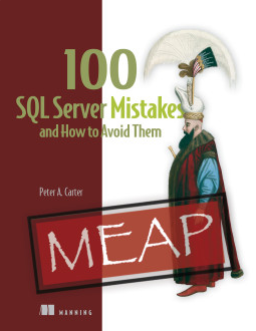Database mirroring was a cool feature in SQL Server 2005. I guess it’s still a feature, though it’s listed as deprecated in the documentation. There is still a mirroring dialog in the SSMS database properties dialog in more recent versions of SQL Server, but I don’t know if there is a good reason to use mirroring over Availability Groups.
That’s why I was surprised to see a public preview announcement of Azure SQL Database Mirroring to Microsoft Fabric announcement. Apparently you can easily move Azure SQL Database data to Fabric and have it written to Delta Parquet tables in OneLake. No ETL, no need to do the data conversion yourself, or at least not much of an effort. I suspect you still need to understand this and do some configuration for how your Parquet files will get written.
If you go through the documentation, it’s interesting (and annoying) to me that the docs keep saying replication. I hate when we’ve overloaded terms as mirroring and replication mean specific things in SQL Server, so I wish they would use some other term (copy, extract, ??) to describe what is happening.
Whether this is useful to analytic workloads remains to be seen. I am curious what the people working with Fabric think of this feature. I wonder if this is useful, or if this might cause headaches or performance issues. Since this feature is in preview, I doubt anyone knows yet, but it will be interesting to see how this compares with Synapse Link and if it is more or less helpful.
Moving data around for different purposes has always been a challenge. I know that some people might feel the costs involved in this aren’t worth it. I know a lot of technical people that would say “I could do that.” I have no idea what they costs are. but I know that a lot of people have spent a lot of hours managing ETL packages and adjusting them as schemas change and new requirements appear. I get the appeal of Synapse Link and this new Mirroring to Fabric features.
I do wish this type of feature was more solidly built into the SQL Server instance. I suspect it will come at some point, and it’s being tested and baked in Azure first. However, I hope that if/when it comes, that the feature has good tooling and some polish to its operation. We’ve had too many features in SQL Server that are partially built, with limited tooling, and a lack of performance characteristics that many of us would desire.
Steve Jones




